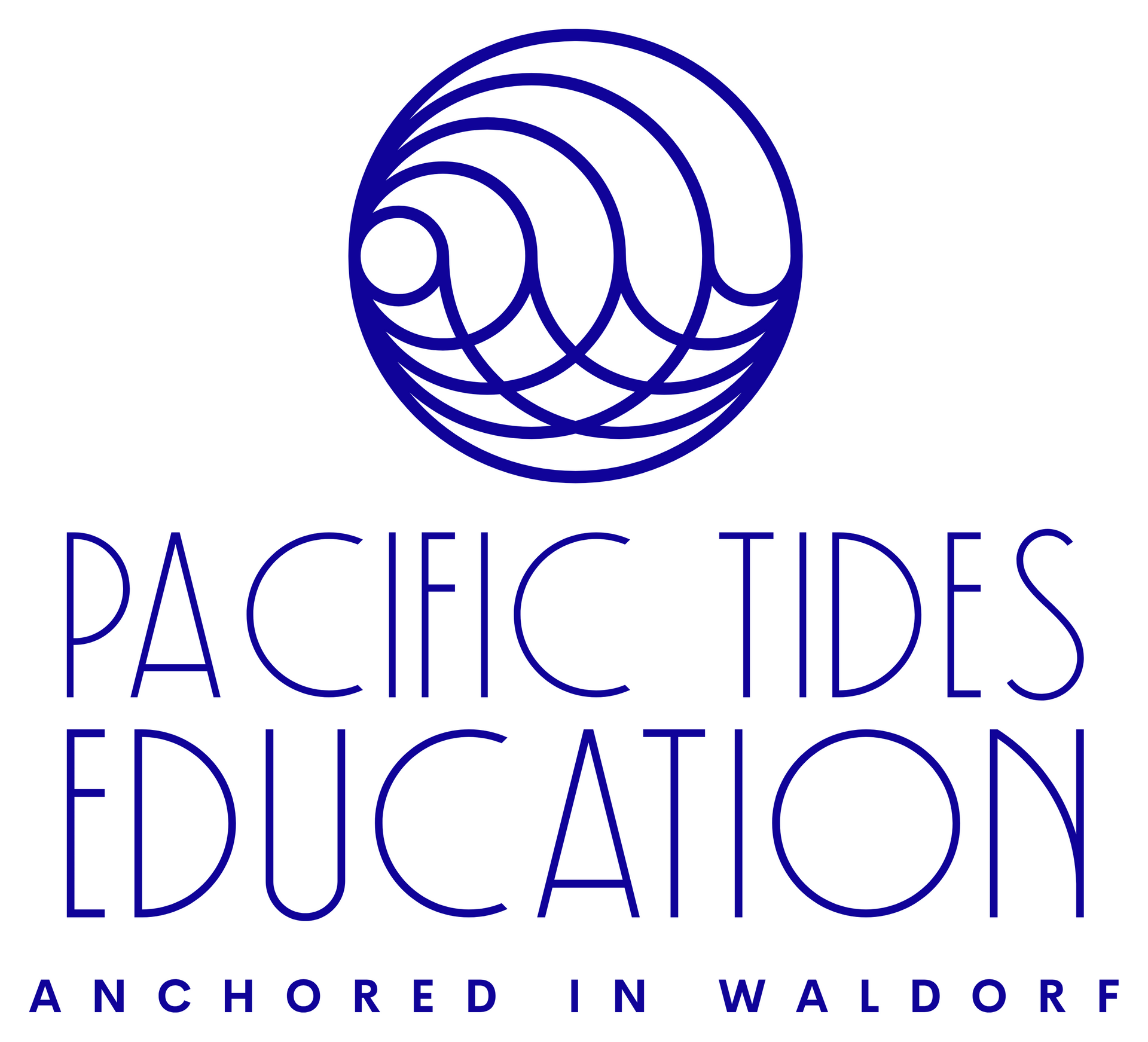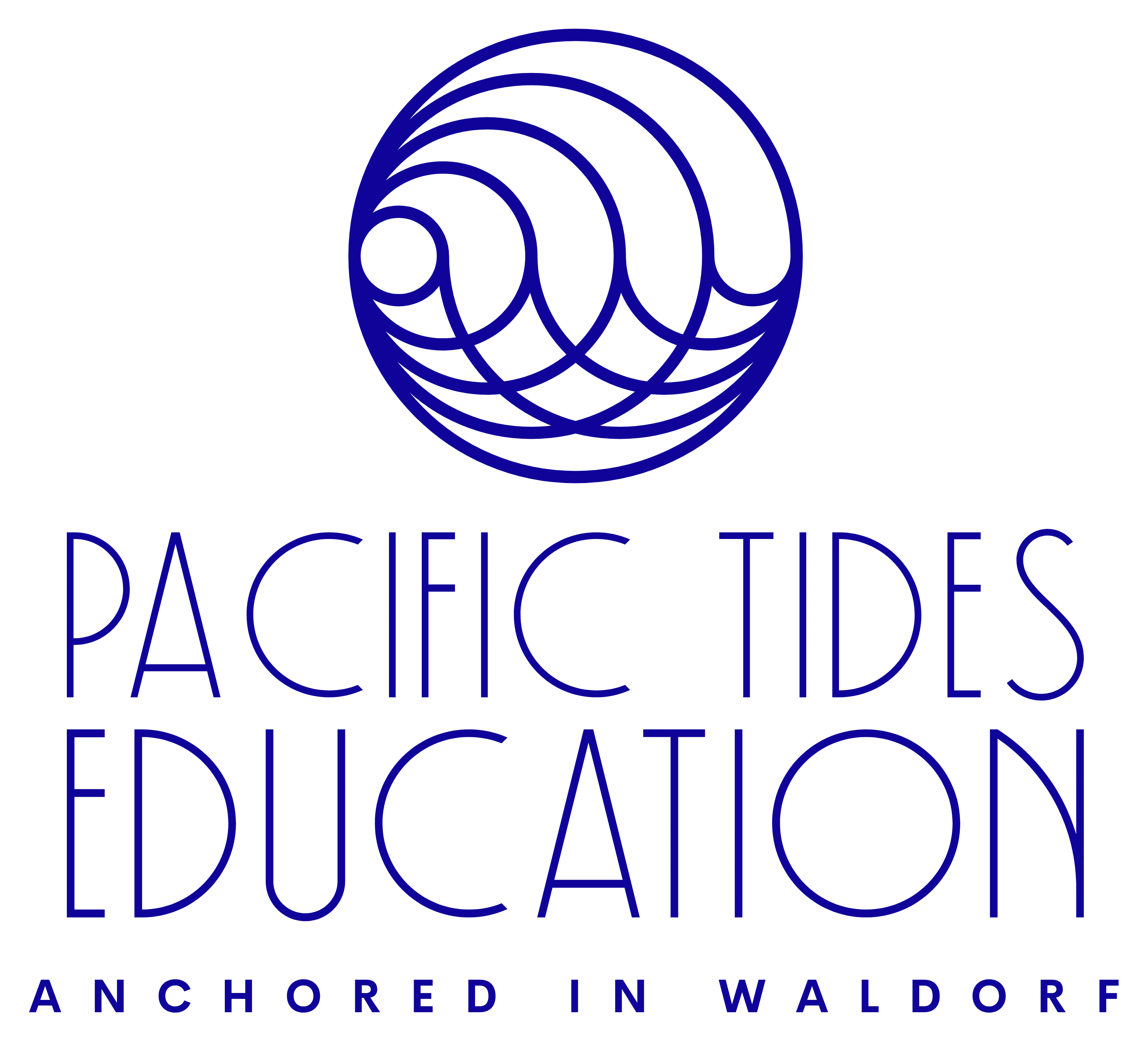WALDORF-INSPIRED HOMESHOOL LESSONS
An IN-PERSON, DEVELOPMENTALLY-APPROPRIATE, BALANCED, AND RHYTHMIC EDUCATION
The Pulse of Our DayS
RHYTHMIC AND DEVELOPMENTALLY-FOCUSED
San lUis obispo County
cayucos
primary curriculum
MONDAY
9:00-10:30 | main lesson BOOK WORK
10:30-11:00 | SNACK & Recess
11:00-11:45 | MATH GAMES
11:45-12:30 | language arts ACTIVITIES
12:30 | lunch & Games
1:15 | DISMISSAL
Artistic REFLECTIONS
Tuesday
9:00-10:30 | MAIN LESSON ARTISTIC recall
10:30-11:00 | snack & recess
11:00-12:30 | handwork, music, and arts
12:30-1:15 lunch & games
1:15 | Dismissal
Santa Ynez Valley
BUELLTON
primary curriculum
Wednesday
9:00-10:30 | main lesson BOOK WORK
10:30-11:00 | SNACK & Recess
11:00-11:45 | MATH GAMES
11:45-12:30 | language arts ACTIVITIES
12:30 | lunch & Games
1:15 | DISMISSAL
Artistic REFLECTIONS
thursday
9:00-10:30 | MAIN LESSON ARTISTIC recall
10:30-11:00 | snack & recess
11:00-12:30 | handwork, music, and arts
12:30-1:15 lunch & games
1:15 | Dismissal
OUTDOOR ADVENTURES
FRIDAY
9:00-10:30 | nature activities & GROUP PROJECT
10:30-11:00 | snack & FREEPLAY
11:00-11:45 | story & art
11:45-12:30 | games & movement
12:30-1:00 | LUNCH & freeplay
1:00 | Dismissal
our weekly rhythm
BALANCED DAYS, MEANINGFUL WORK
IN-PERSON HOMESCHOOL LESSONS ROOTED IN WALDORF
OUR Waldorf-inspired in-person Grades Homeschool program offers a developmentally aligned curriculum that integrates academics, the arts, and practical skills to engage the whole child—head, heart, and hands. Through imaginative storytelling, hands-on learning, and meaningful content, students build strong foundations in thinking, feeling, and willing as they grow in confidence, curiosity, and connection to the world.
MAIN LESSON WORK
A main lesson page is a student-created record of learning that combines academic content with artistic expression, serving as both a personal reflection and a portfolio of the subject studied. Carefully crafted with illustrations, handwritten summaries, and often borders or decorative elements, each page captures the essence of a lesson—be it a story, math concept, or scientific observation. These pages are compiled into main lesson books, which take the place of traditional textbooks and showcase the student’s developing skills in writing, drawing, comprehension, and form. The process of creating a main lesson page reinforces memory, deepens understanding, and nurtures a sense of beauty, care, and ownership in learning.
APPLIED MATHEMATICS
Math is taught in a hands-on, imaginative, and developmentally aligned way that speaks to all learning styles—visual, kinesthetic, auditory, and artistic. From the early grades, children experience math through movement, rhythm, storytelling, and real-life contexts, building a deep number sense and joy in discovery. As they grow, concepts like fractions, geometry, and business math are explored through drawing, games, and practical application, keeping learning active and meaningful. By grade 8, students enter algebra with a strong foundation rooted in pattern, form, and critical thinking—developed not through rote drills, but through years of engaging, creative exploration.
LANGUAGE ARTS
Writing and language arts are brought to life through storytelling, speech, artistic expression, and meaningful connection to content, meeting all learning styles. In the early grades, children learn to read and write by first hearing rich oral tales and retelling them through drawing, writing, and dramatization. Letters are introduced pictorially, emerging from stories and images, while reading develops organically through familiarity with their own written work. As students progress, grammar, composition, and literature are woven into main lesson blocks, with a focus on clarity, beauty, and self-expression. By middle school, they are writing essays, creative stories, and research projects—grounded in years of engaged, purposeful language work that cultivates both skill and a love of the written word.
ARTISTIC RENDERINGS
Art is not a separate subject but an essential part of how all learning is experienced—engaging visual, kinesthetic, and emotional intelligence in every lesson. From the earliest grades, children draw, paint, model, and move as they explore letters, numbers, stories, and the natural world. Artistic expression deepens understanding and brings beauty and meaning to academic work, whether illustrating a myth, drawing geometric forms, or painting historical themes. Techniques and materials grow in complexity over the years, introducing form drawing, watercolor, clay, charcoal, and perspective. By middle school, students develop confidence and skill in visual expression, having spent years integrating art into every aspect of their education.
RESULTS
The results of this integrated, artistic approach to learning are students who are not only academically capable but also creative, confident, and deeply engaged. Waldorf graduates tend to be strong critical thinkers, expressive communicators, and compassionate individuals who approach challenges with imagination and perseverance. By honoring multiple learning styles and nurturing the whole child—head, heart, and hands—Waldorf education cultivates lifelong learners with a strong sense of self, purpose, and connection to the world around them.
PROGRAM OFFERINGS
Holistic Education Designed to Meet Each Child’s Developmental Needs
PRIMARY CURRICULUM
Language Arts
Reading, writing, storytelling, drama, and poetry brought through living images and narrative.
Mathematics
Hands-on arithmetic, geometry, and real-world math skills using rhythm, movement, and art.
Science
Nature-based, experiential science including botany, zoology, physics, chemistry, and human anatomy.
History & Social Studies
World cultures, mythology, biographies, and historical epochs brought through rich stories and artistic expression.
Geography
Local and world geography explored through drawing, mapmaking, and cultural studies.
WEEKLY ARTS
Watercolor Painting
Weekly exploration of color, mood, and story through wet-on-wet technique.
Form Drawing
Artistic movement-based drawing to develop focus, spatial awareness, and beauty.
Crayon & Chalk Drawing
Creating vibrant main lesson book pages and blackboard images that bring lessons to life.
GAMES & MOVEMENT
Cooperative Games and Circle Play
Inclusive, non-competitive games that foster empathy, teamwork, rhythm, and social connection through joyful group movement.
Rhythmic and Seasonal Games
Clapping games, skipping, jump rope, and outdoor seasonal activities that connect children to nature and build coordination.
Imaginative and Adventure Play
Creative movement and outdoor free play that inspire resilience, imagination, and a love for the natural world.
Balance, Strength, and Physical Skills
Obstacle courses, balance beams, relay races, and active games that support healthy motor development, spatial awareness, and agility.
LIFE SKILLS
Gardening
Tending to plants, composting, and learning the rhythms of nature through meaningful, hands-on work with soil and seeds.
Festival Preparation
Engaging in seasonal festivals through music, crafts, and traditions that cultivate reverence, community, and joy.
Classroom Jobs & Responsibilities
Daily tasks that build a sense of purpose, responsibility, and care for the classroom and community.
Nature-Based Practical Work
Experiences such as gathering natural materials, crafting from nature, and participating in real-life tasks THATground children in the rhythms of the earth.
SOCIAL & EMOTIONAL
Storytelling, Narratives, and Moral Imagination
Through fairy tales, biographies, and historical stories, students engage with rich images that nurture empathy, ethical understanding, and inner growth across all ages.
Speechwork and Presentations
In-person recitation, drama, and class presentations help students develop clarity of speech, confidence, and presence while expressing themselves with purpose and poise.
Collaborative Projects and Group Learning
Students work together daily on academic, artistic, and practical tasks, cultivating cooperation, leadership, and social responsibility through meaningful, real-world experiences.
Emotional Intelligence and Community Building
Guided conflict resolution, peer mentorship, and shared festival life support emotional growth, respectful communication, and a deep sense of belonging within the classroom community.

